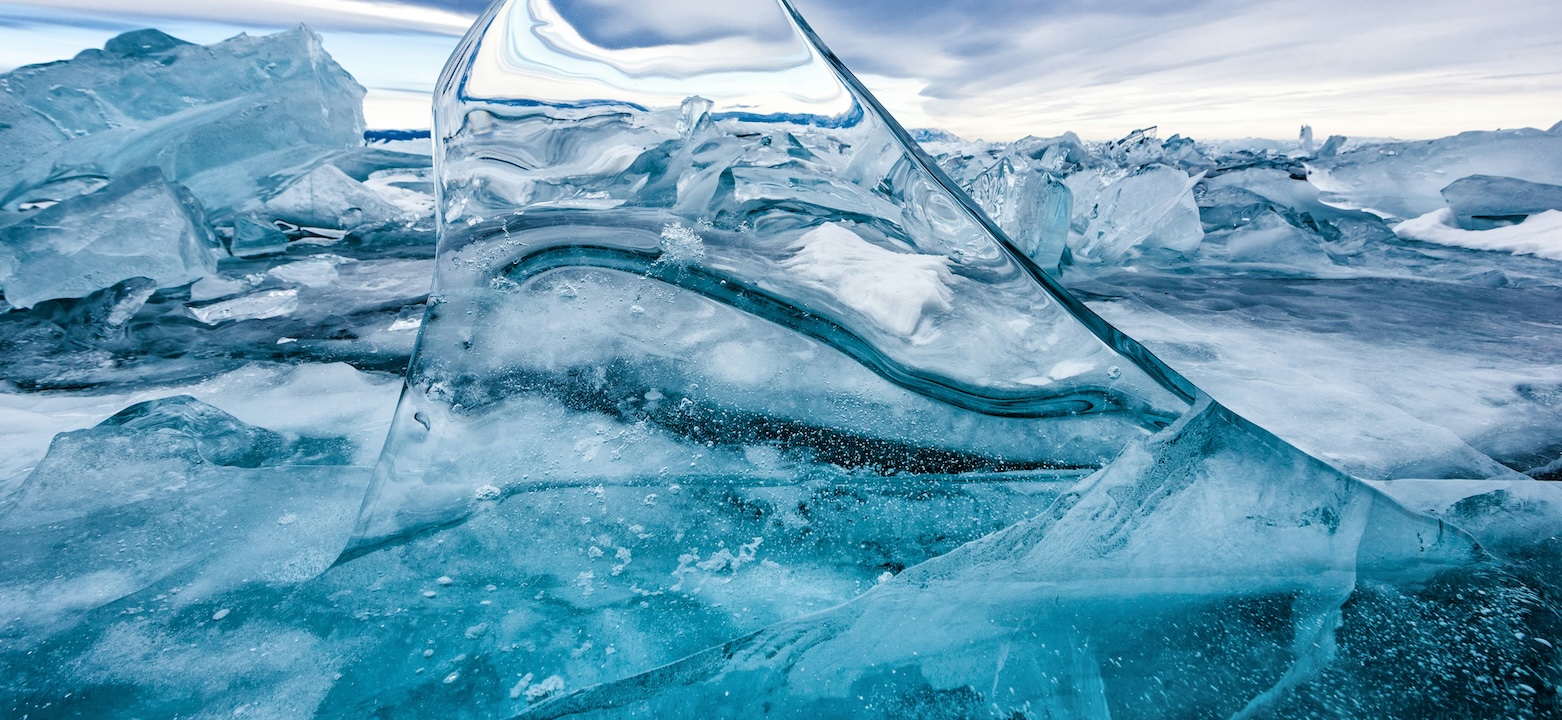What you need to know about cold water swimming
Wild swimming and cold water swimming are a growing trend. But how do you go wild and immerse yourself in cold water safely whilst reaping the benefits?
We swim in the Southern Lakes on the South Island of New Zealand, and our ‘home’ lake is Lake Whakatipu. This lake is well-known for being one of the coldest in the South Island, thanks in part to its depth. Legend has it that you’ll become seriously ill if you spend more than 15 minutes in Lake Whakatipu in winter – but this simply isn’t true.
For many years, a group of us have regularly swam in the lake throughout winter. Winter temperatures (June, July and August) in the lake often sit at around 7 to 10°C.
Here’s why we do it – and what we do to prepare.
What is cold water swimming?
To clarify, when we talk about ‘swimming’, we really mean swimming (moving through the water), not sitting or dipping. However, dippers may still find some of these insights and tips valuable and cold water dips are an excellent first step to getting used to cold water temperatures.
Cool water swimming temperatures:
- 15-21°C (60-70°F) – Considered ‘cool’ swimming temperatures. Most of the Southern Lakes, like Lake Wanaka and Lake Whakatipu, fit into this category year-round.
Cold water swimming temperatures:
- 10-15°C (50-60°F) – Cold water swimming, requiring precautions.
- Below 10°C (50°F) – Very cold; you’ll need preparation and experience to swim in these temperatures.
Ice swimming official temperature:
- Below 5°C (41°F) – This is defined as ice swimming by the International Ice Swimming Association (IISA) rules (yeah, that’s a thing). You’ll need experience, training and preparation to do an ice swim.
Cold water swimming gear
You don’t need anything special to do cold water swimming. In fact, ice swimming rules dictate that you can only wear one silicone hat, a standard swimming costume and your goggles. However, ice swimmers take a long time to train for these events.
You might want to wear what you’d usually wear for summer swimming, plus a couple of layers. This could be two silicone hats instead of one, a neoprene bonnet or hat, neoprene gloves and booties. As you get used to cold water swimming, you could begin to take these extra layers away.
It may sound counter-intuitive, but winter can be a great time to ditch the wetsuit! The extra time it takes to put on and take off your wetsuit when you’re cold isn’t worth the extra hassle for some swimmers, particularly if you’re swimming shorter than usual distances.
We always recommend wearing a colourful hat not only to keep your head warm, but so that other lake users can easily see you.
Essentials revolve around warming up afterwards:
- Warm, clean, dry, loose-fitting clothing that’s easy to put on with cold hands and easy to layer up.
- Warm hat/beanie, socks and gloves.
- An oversized, warm coat like a DryRobe or ski jacket.
- Shoes that are easy to put on (e.g., warm pull-on boots).
- Slip-on shoes, a changing mat, or both to use while getting changed and getting from the lakeside to your changing area.
- A hot water bottle, properly covered or wrapped up (you shouldn’t put something too hot right next to your skin after a cold swim).
Getting ready for a cold water swim
You should acclimatise to the cooler water gradually, by getting used to cold water. We have all acclimatised to be warm, with heating, warm clothes and extra blankets in winter. You need to train your body to get used to being cold. Do this over months – and don’t expect instant results! Your body will feel different from day to day; training regularly over a long time is the key.
Start by keeping your acclimatisation sessions short – this could be as short as 30 seconds – before slowly building up to minutes.
- Take cold showers regularly. Having a cold shower in the morning is a great way to start the day; it’ll make you feel awake and alive! It also has the added benefit of reducing your water use and helping you be on time for work – you won’t want to hang about in there for long.
- Try cold water immersion. You could use a fancy ice bath, a homemade ice bath (a tub with cold water in it), or sit in the lake. Start by immersing yourself for a minute or less and gradually build up your time in the ice bath.
- Keep swimming! Keep going for your regular open water swim, even as water temperatures start to drop. If you swim regularly, you’ll get used to the temperatures gradually, and it’ll be less of a shock than if you swim all summer and then jump in once mid-winter.
Whatever you do, always have a ‘warm spotter’ – someone who can spot when you need help and is able to help you if you need it.
Getting into cold water
- Prepare your clothes, towel, etc., for after your swim and have them laid out or in your bag in a logical order, so you don’t have to shuffle through a tangled pile of clothes with wet, shaking hands.
- Do a warm-up before cold water swimming, making sure your body is ready for exercise, just like you would for other sports.
- Enter the water gradually, splashing your hands and face with the cold water.
- Slowly immerse yourself in the water, put your whole head in and gently breathe out bubbles underwater.
- A few breaststrokes before switching to freestyle can help you get into a deep, steady breathing pattern.
Swimming in cold water
- Go at a steady, easy-going pace – don’t race; try to swim quickly or change your pace. Pick a comfortable pace for you and stick with it.
- Keep your breathing deep and steady, and avoid holding your breath or breathing quickly (hyperventilating).
- Choose to be in a good mood! Sure, it’ll be uncomfortable, sting a little and feel like a shock, but if you have trained your body to accept cold, you can train your mind to as do so well. Tell yourself: this feels amazing; I’m so hardcore!
- Don’t swim for too long. If you can only handle a one-minute cold shower, don’t try to swim for ten minutes. Your swimming distances in winter will be much shorter – this is not the season to beat your speed and distance PBs.
- Pay attention to your body and get out of the water if you start shivering uncontrollably or feel signs of hypothermia (confusion, slurred speech, loss of coordination).
We always recommend swimming with other people and using a brightly-coloured tow float and hat to help you stay safe and be seen. Again, a dry land ‘warm spotter’ is a must.
You might also want to do ‘lengths’ close to shore, so that you’re able to get out quickly if you need to.
After swimming in cold water
- Take off your wet swimming things straight away and start getting changed into your warm, dry clothes.
- Put on slip-on shoes (like slides or jandals) or stand on a mat – avoid standing barefoot on cold ground.
- Pat (don’t rub) yourself dry – your skin has been through enough already and even the softest towel will feel like sandpaper.
- Warm up gradually. Don’t take a hot shower or drink very hot drinks. You’ll find that anything lukewarm feels nice and warm anyway. Warming up too quickly can cause health problems like thermal injuries and cardiovascular strain.
- Expect to take up to an hour to warm up. However, if you are still excessively cold and shivering after half an hour, get help – you may be in danger of hypothermia.
What is afterdrop?
Afterdrop is the phenomenon where the body’s core temperature continues to drop for some time after getting out of extremely cold water.
While experiencing afterdrop, you might shake a lot, be uncoordinated, and feel your jaw clenching or find it hard to talk.
Afterdrop happens because during cold water immersion, the body’s natural response is to constrict blood vessels in the arms and legs to prevent heat loss from your core (and all your vital organs) to the extremities. This is why you might get ‘claw hands’ or not be able to feel your toes while swimming.
After swimming, your body recognises that you’re back in a warm environment and the cold constricted blood in the arms and legs starts circulating back towards your core. This influx of cold blood can cause your core temperature to drop – so you may feel colder even though you’re out of the water.
This is why it is important not to push yourself too far when trying cold water swimming. If you’re already too cold before you get out, you could become hypothermic when you’re out of the water. This can lead to shivering, loss of coordination, and even loss of consciousness if your temperature drops too much.
It’s also crucial to warm up gradually after an ice or cold water swim to reverse the afterdrop effect. Jumping into a hot shower or warming up too quickly can cause the cold blood to rush to your core too quickly, causing extreme afterdrop.
Signs of hypothermia
If you notice any of the signs of hypothermia in yourself or someone else, get medical help straight away. This includes:
Uncontrollable shivering
Slurred speech or mumbling
Slow, shallow breathing
Weak pulse
Clumsiness or lack of coordination
Drowsiness or very low energy
Confusion or memory loss
Loss of consciousness3
The joy of cold water swimming
Done safely, cold water swimming is hugely rewarding and feels fantastic! As swimmers in the Southern Lakes, we’re all swimming in cold water on a regular basis, so if you’re a club member: congratulations, you’re already a cold water swimmer!
With slow and careful training, we can continue swimming through the winter months.
We’ve put this information together to help more people understand about cold water swimming. However, what you do is up to you. We cannot be held responsible for anything you do as a result of reading this article or joining the club. Please take care of yourself, be safe, and be happy!
1 Sea Swimming for Treatment of Depression and Anxiety, Clinicaltrials.gov US (Accessed May 2024)
2 Can taking a cold plunge after your workout be beneficial?, Mayo Clinic (Accessed May 2024)
3 Hypothermia, Mayo Clinic (Accessed May 2024)

